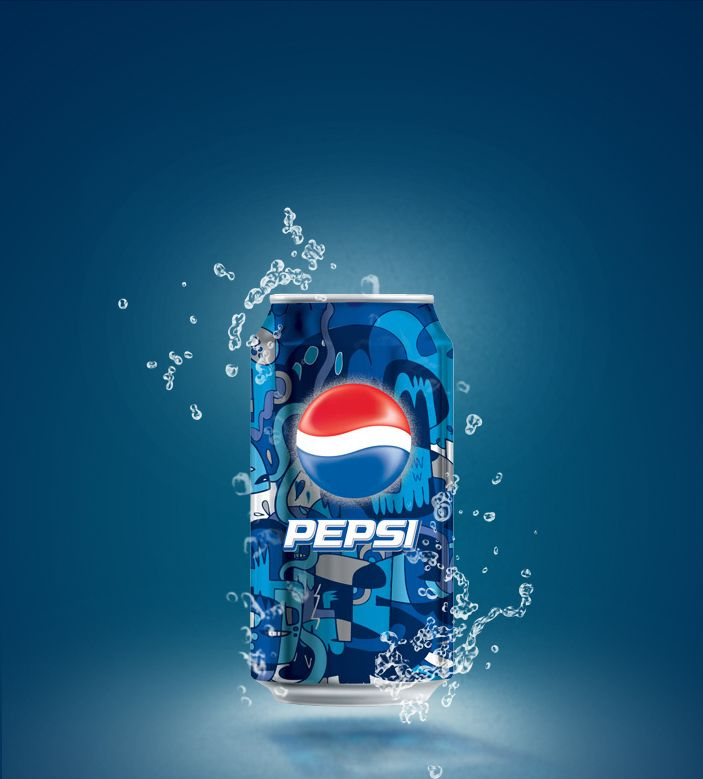Essential Supplements for Bodybuilders: 6 Game-Changers You Can’t Ignore

Bodybuilding demands more than just intense workouts; it requires proper nutrition to fuel muscle growth, recovery, and overall performance. While a balanced diet forms the foundation, supplements play a significant role in elevating results. Integrating the right supplements can significantly boost gains and reduce recovery time. If you’re serious about your progress, understanding the role of supplements is vital. This article dives into six essential supplements every bodybuilder should consider to maximize their efforts.
Whey Protein: Fast-Acting Muscle Fuel
Whey protein is a common supplement among bodybuilders for a good reason. It provides a quick source of quality protein, rich in essential amino acids that kickstart muscle repair and growth after workouts. Unlike some protein sources, whey is rapidly absorbed, which helps supply muscles with the nutrients they need right after training. Including whey protein can accelerate muscle synthesis and prevent muscle breakdown, helping you maintain consistent progress.
Creatine Monohydrate: Power and Strength Booster
Creatine monohydrate is a well-researched supplement known to improve strength and power output. It works by replenishing ATP stores in muscle cells, which fuels short bursts of intense activity such as heavy lifting or sprinting. Using creatine can lead to noticeable improvements in workout intensity, allowing you to lift heavier and perform more reps. Over time, this leads to bigger muscles and strength gains.

Branched-Chain Amino Acids (BCAAs) for Recovery
Branched-chain amino acids, or BCAAs, include leucine, isoleucine, and valine. These essential amino acids support muscle recovery and reduce exercise-induced fatigue. BCAAs help maintain muscle protein synthesis during extended training sessions or calorie deficits, making them crucial for both bulking and cutting phases. Supplementing with BCAAs can decrease muscle soreness and improve endurance, ensuring you stay consistent in your routine.
Fish Oil: Joint Health and Inflammation Support
Bodybuilding places stress on joints and connective tissues, which can lead to inflammation and discomfort. Fish oil supplements provide omega-3 fatty acids known for their anti-inflammatory properties. Regular intake helps lubricate joints, reduce swelling, and promote overall joint health. Including fish oil in your regimen supports longevity in training by minimizing injury risk and enhancing recovery from intense sessions.
Beta-Alanine: Enhance Muscular Endurance
Beta-alanine is an amino acid that improve muscular endurance through buffering acid build-up in muscles during high-intensity exercise. This delay in fatigue allows you to push harder for longer periods, especially during sets with higher repetitions. Incorporating beta-alanine can lead to increased training volume and, consequently, greater muscle growth. It’s a valuable supplement for those aiming to improve stamina and performance in the gym.
Multivitamins: Filling the Nutritional Gaps
Even the most carefully planned diets can miss out on certain vitamins and minerals essential for optimal bodily function. A good-quality multivitamin can fill these nutritional gaps and support metabolic processes that influence energy production, immune function, and muscle recovery. Supplementing with multivitamins helps maintain overall health and ensures your body operates efficiently throughout your bodybuilding journey.

Conclusion: Combining Supplements for Optimal Results
No single supplement is a magic bullet; success in bodybuilding stems from a combination …

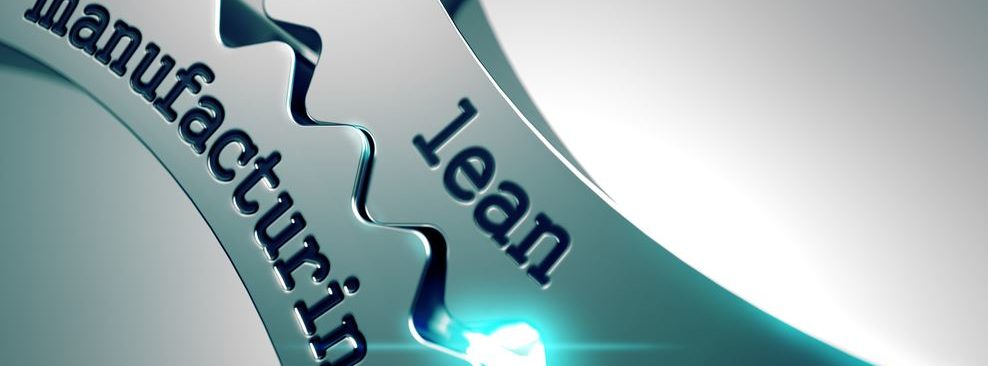



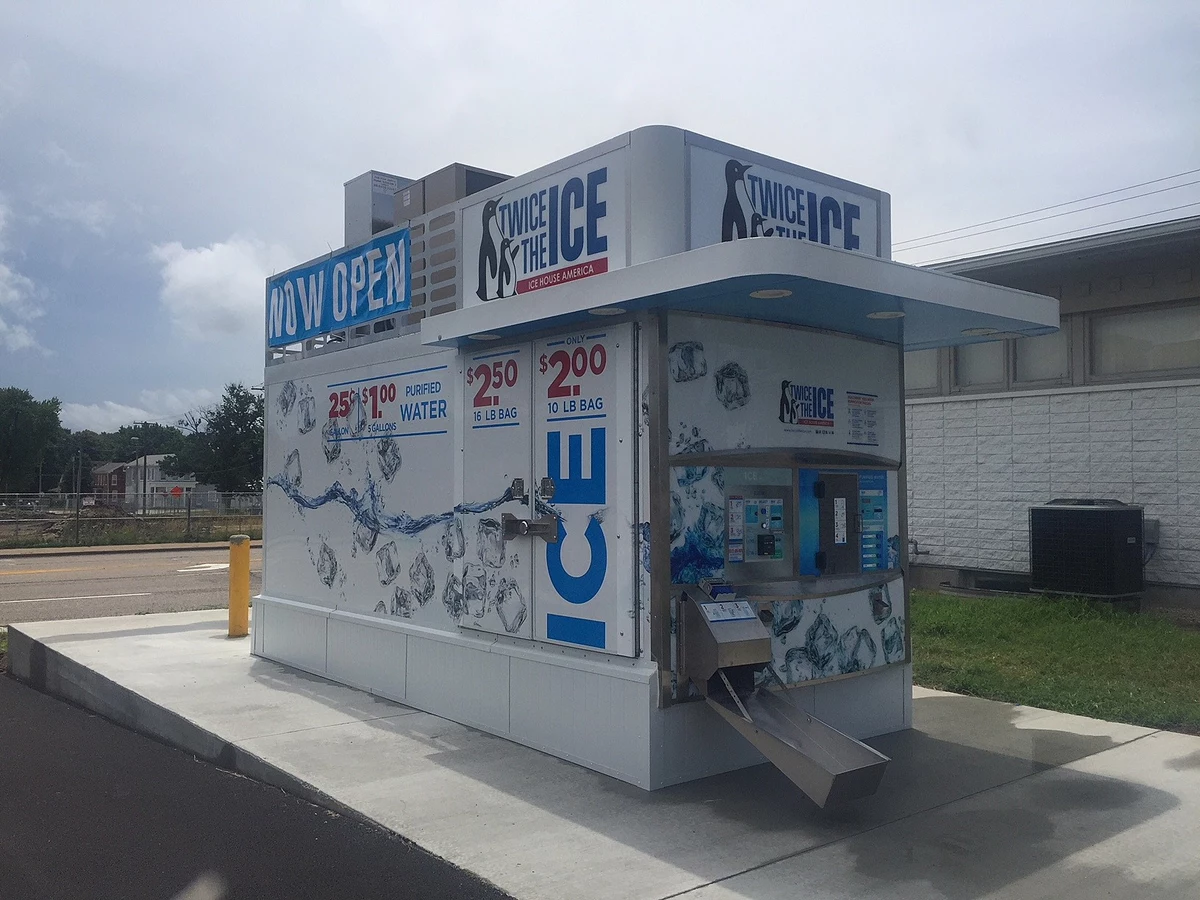


 The fundamental service provided by all VPNs is the establishment of encrypted connections. This encryption layer ensures that the data transmitted between your device and the VPN server remains secure and private. By encrypting your internet traffic, the best vpn shields your sensitive information from potential eavesdroppers, whether they be hackers on public Wi-Fi networks or ISPs monitoring your online activities.
The fundamental service provided by all VPNs is the establishment of encrypted connections. This encryption layer ensures that the data transmitted between your device and the VPN server remains secure and private. By encrypting your internet traffic, the best vpn shields your sensitive information from potential eavesdroppers, whether they be hackers on public Wi-Fi networks or ISPs monitoring your online activities.







 In today’s digital age, security breaches and data leaks have become a major concern for businesses of all sizes. By hiring an IT service provider, you can significantly improve the security measures to protect your sensitive information. These experts are well-versed in the latest cybersecurity practices and will implement robust strategies to safeguard your data from potential threats. Moreover, an IT service provider ensures that your systems and networks are reliable, minimizing downtime and disruptions to your business operations. They will proactively monitor your infrastructure, identify any vulnerabilities or issues, and promptly address them before they become major problems. With their specialized knowledge and experience, IT service providers stay updated with the latest industry trends and advancements.
In today’s digital age, security breaches and data leaks have become a major concern for businesses of all sizes. By hiring an IT service provider, you can significantly improve the security measures to protect your sensitive information. These experts are well-versed in the latest cybersecurity practices and will implement robust strategies to safeguard your data from potential threats. Moreover, an IT service provider ensures that your systems and networks are reliable, minimizing downtime and disruptions to your business operations. They will proactively monitor your infrastructure, identify any vulnerabilities or issues, and promptly address them before they become major problems. With their specialized knowledge and experience, IT service providers stay updated with the latest industry trends and advancements.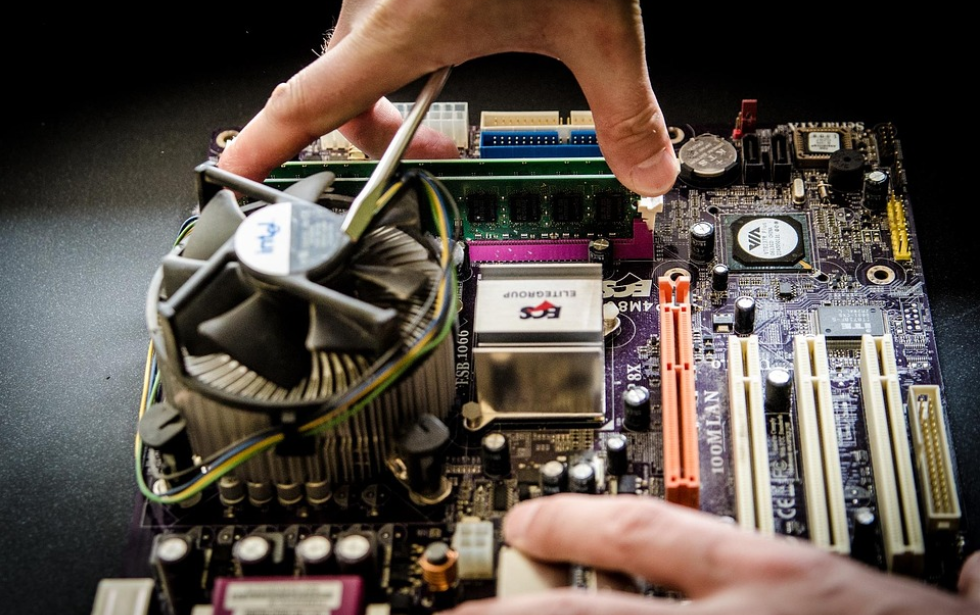 The key advantage of hiring an IT service provider is the potential for significant cost savings. By outsourcing your IT needs to a specialized team, you can eliminate the need to hire and train in-house staff, which can be costly and time-consuming. Maintaining an internal IT department also requires ongoing investments in hardware, software licenses, and infrastructure. With an IT service provider, you pay a predictable monthly fee based on your specific requirements. This allows for better budgeting and eliminates unexpected costs arising from equipment failures or system breakdowns. Furthermore, by leveraging their expertise and experience in managing IT systems efficiently, service providers can help optimize your technology expenses.
The key advantage of hiring an IT service provider is the potential for significant cost savings. By outsourcing your IT needs to a specialized team, you can eliminate the need to hire and train in-house staff, which can be costly and time-consuming. Maintaining an internal IT department also requires ongoing investments in hardware, software licenses, and infrastructure. With an IT service provider, you pay a predictable monthly fee based on your specific requirements. This allows for better budgeting and eliminates unexpected costs arising from equipment failures or system breakdowns. Furthermore, by leveraging their expertise and experience in managing IT systems efficiently, service providers can help optimize your technology expenses.
 When setting up your hospitality business, the first thing you need to do is choose the right workspace. This means finding a convenient location for both you and your customers. You will also need to make sure that your workspace is comfortable and inviting. The layout of your workspace should be designed so that it promotes productivity and efficiency.
When setting up your hospitality business, the first thing you need to do is choose the right workspace. This means finding a convenient location for both you and your customers. You will also need to make sure that your workspace is comfortable and inviting. The layout of your workspace should be designed so that it promotes productivity and efficiency. There are a few key things to keep in mind when it comes to sourcing hospitality suppliers. First, you’ll want to find a supplier that offers a wide range of products. This way, you can be sure to find the specific items you need for your business. Second, you’ll want to find a supplier with experience in the hospitality industry. This way, you can be sure that they understand your specific needs and can provide the best possible service. By working with a flexible and willing supplier to listen to your needs, you can be sure that you’ll get the best possible results for your business.
There are a few key things to keep in mind when it comes to sourcing hospitality suppliers. First, you’ll want to find a supplier that offers a wide range of products. This way, you can be sure to find the specific items you need for your business. Second, you’ll want to find a supplier with experience in the hospitality industry. This way, you can be sure that they understand your specific needs and can provide the best possible service. By working with a flexible and willing supplier to listen to your needs, you can be sure that you’ll get the best possible results for your business. When outfitting a commercial kitchen, there are many factors to consider. But with a little careful planning, you can get the right mix of equipment for your food business without breaking the bank. Here are a few tips:
When outfitting a commercial kitchen, there are many factors to consider. But with a little careful planning, you can get the right mix of equipment for your food business without breaking the bank. Here are a few tips:
 Many people look for ways to save money when moving. If you have few belongings, this should not be hard to solve. A man and van service is affordable and cheaper than getting a removal service. Consider the number of household items you want to move and ask if it’s possible to use a man and van service. Also, keep in mind that getting removal service is a waste of funds unless you need professional help when relocating.
Many people look for ways to save money when moving. If you have few belongings, this should not be hard to solve. A man and van service is affordable and cheaper than getting a removal service. Consider the number of household items you want to move and ask if it’s possible to use a man and van service. Also, keep in mind that getting removal service is a waste of funds unless you need professional help when relocating. Finding a reliable man and van service is fast thanks to the internet. A quick search should provide multiple suggestions within your region. However, be vigilant when choosing a service provider since not all of them guarantee top-quality services. When using online services, avoid contractors with low ratings and poor customer feedback.
Finding a reliable man and van service is fast thanks to the internet. A quick search should provide multiple suggestions within your region. However, be vigilant when choosing a service provider since not all of them guarantee top-quality services. When using online services, avoid contractors with low ratings and poor customer feedback. Using a van is fast compared to moving with large trucks. If you need a pair of extra hands, you can invite a friend or two. Unless you have fragile items that need to be handled with care, you can save time and money by getting a van to transport your items.
Using a van is fast compared to moving with large trucks. If you need a pair of extra hands, you can invite a friend or two. Unless you have fragile items that need to be handled with care, you can save time and money by getting a van to transport your items.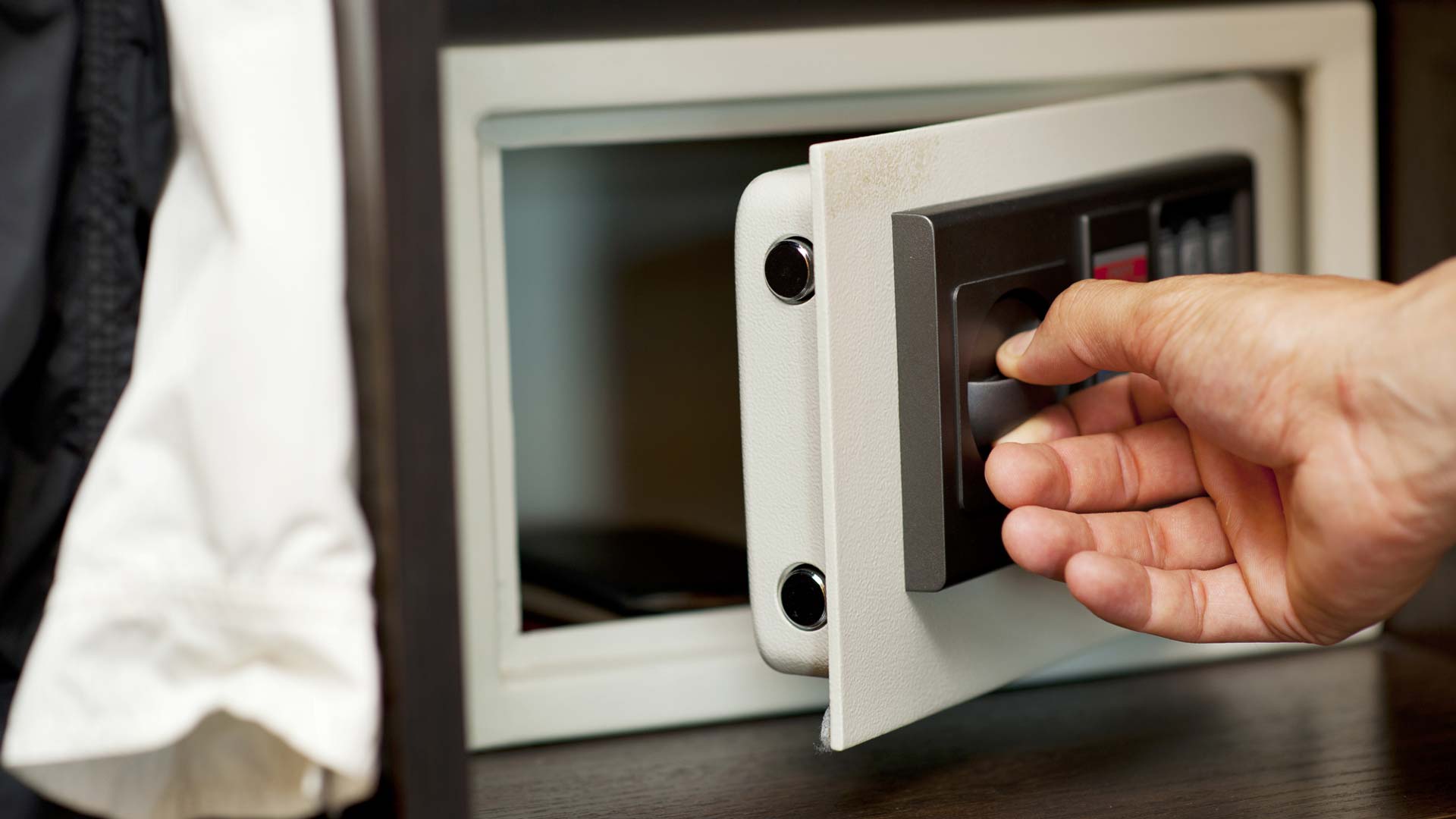
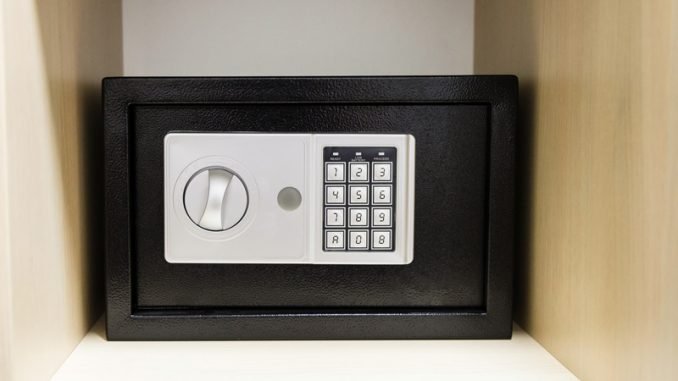
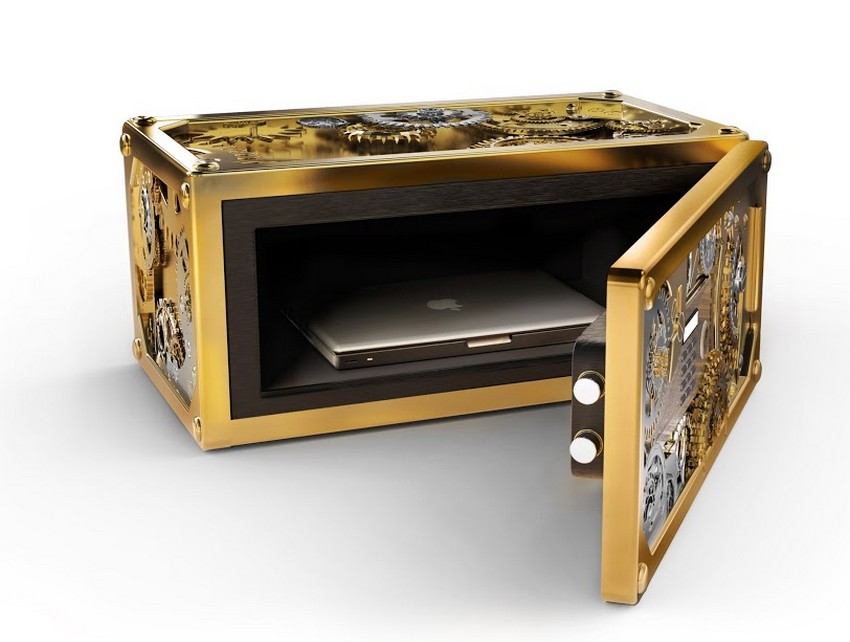




 A dog needs occasional brushing. It helps to remove dirt, dead hair, and unpleasant smells from the skin. Also, it facilitates the distribution of the dog’s natural oil. This makes the coat look shiny and smooth. Brushing also helps to eliminate matting, and tangling making your next grooming session go smoothly.
A dog needs occasional brushing. It helps to remove dirt, dead hair, and unpleasant smells from the skin. Also, it facilitates the distribution of the dog’s natural oil. This makes the coat look shiny and smooth. Brushing also helps to eliminate matting, and tangling making your next grooming session go smoothly. Just like humans, dogs too grow their nails, although some grow theirs quicker than others. Some dogs require trimming every two weeks. Others will take up to six weeks. The best time to cut the nails is when they start snagging on the floor.You can trim them using the scissors or guillotine type clippers. These two work equally well, but you must choose a design with which you are comfortable.
Just like humans, dogs too grow their nails, although some grow theirs quicker than others. Some dogs require trimming every two weeks. Others will take up to six weeks. The best time to cut the nails is when they start snagging on the floor.You can trim them using the scissors or guillotine type clippers. These two work equally well, but you must choose a design with which you are comfortable.
 You don’t have to go through some conventional procedures that are time-consuming and require a lot before approval. Most lenders have made it easier for people to apply for such loans online. You will have it deposited to your account within a short time after application and approval. How about you try quick loans to avoid the hassle witnessed in other borrowing options.
You don’t have to go through some conventional procedures that are time-consuming and require a lot before approval. Most lenders have made it easier for people to apply for such loans online. You will have it deposited to your account within a short time after application and approval. How about you try quick loans to avoid the hassle witnessed in other borrowing options.



 Ingredients of detox drinks work great when it comes to reducing inflammation, boosting energy levels, and cleansing the liver. In fact, without toxin overload, you will feel lighter and even refreshed as opposed to living with mood swings, brain fog, and fatigue. There is a wide range of vegetables, herbs, and fruits that can be used to make detox drinks. Each has a given component that helps aid detoxing and boosting your immune system. There are many tutorials that can help you know how to make a detox drink at home.…
Ingredients of detox drinks work great when it comes to reducing inflammation, boosting energy levels, and cleansing the liver. In fact, without toxin overload, you will feel lighter and even refreshed as opposed to living with mood swings, brain fog, and fatigue. There is a wide range of vegetables, herbs, and fruits that can be used to make detox drinks. Each has a given component that helps aid detoxing and boosting your immune system. There are many tutorials that can help you know how to make a detox drink at home.…


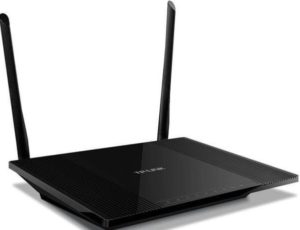 It is also how all the devices on your network communicate with one another. First, unplug or turn off the DSL modem or cable. Power your wireless router and connect the network cable that comes with it into the port on the router that is labeled “WAN” or “Internet.” Connect the other end to the wire and power up the modem. Do not attempt to connect many devices such as tablets or laptops until you have an excellent strong signal indicating a WAN connection on both the modem and the router.
It is also how all the devices on your network communicate with one another. First, unplug or turn off the DSL modem or cable. Power your wireless router and connect the network cable that comes with it into the port on the router that is labeled “WAN” or “Internet.” Connect the other end to the wire and power up the modem. Do not attempt to connect many devices such as tablets or laptops until you have an excellent strong signal indicating a WAN connection on both the modem and the router.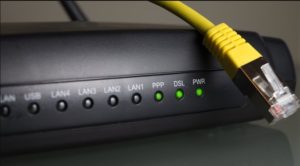 the security, SSID, and IP addressing settings right. Change the default admin password, then the router’s default SSID, then assign new security and finally set up an IP address.…
the security, SSID, and IP addressing settings right. Change the default admin password, then the router’s default SSID, then assign new security and finally set up an IP address.…
 Your probability of getting hired may all depend on how you prepare your resume’. Screening of applicants usually starts with judging of submitted CVs. For your resume’ to find itself on top of other CVs, you need to present it in the most professional way. When you are applying for a job in a foreign company, you may need to submit a translated version of your resume’ using the language being used in the company.
Your probability of getting hired may all depend on how you prepare your resume’. Screening of applicants usually starts with judging of submitted CVs. For your resume’ to find itself on top of other CVs, you need to present it in the most professional way. When you are applying for a job in a foreign company, you may need to submit a translated version of your resume’ using the language being used in the company. Working in another country may offer many challenges, and the language barrier may find its toll on you. It is truly depressing and frustrating not to be able to comprehend every word you read or hear. A translation agency can be of help anytime you want something to be interpreted or translated. This can guide you to adjust and be comfortable in your work and in the environment where you live.
Working in another country may offer many challenges, and the language barrier may find its toll on you. It is truly depressing and frustrating not to be able to comprehend every word you read or hear. A translation agency can be of help anytime you want something to be interpreted or translated. This can guide you to adjust and be comfortable in your work and in the environment where you live.




 You should note that the process of becoming a musician is not a straightforward one. Ideally, you start by learning how to play a given instrument and try to perform on the streets until you become a professional. However, there is so much more when it comes to performing. It is vital to understand what a career path is and what it entails and the revenue you are likely to generate.
You should note that the process of becoming a musician is not a straightforward one. Ideally, you start by learning how to play a given instrument and try to perform on the streets until you become a professional. However, there is so much more when it comes to performing. It is vital to understand what a career path is and what it entails and the revenue you are likely to generate. If you want to set up an online travel business, you should plan all its aspects well in advance. You should not begin anything in a hurry as it can prove to be quite costly. You should not forget that there are many tour and travel related businesses on the market that provide cut-throat competition. Therefore, the planning depends on the particular type of business you want to run. Ensure your approach is flexible and can accommodate unforeseen events and new developments.
If you want to set up an online travel business, you should plan all its aspects well in advance. You should not begin anything in a hurry as it can prove to be quite costly. You should not forget that there are many tour and travel related businesses on the market that provide cut-throat competition. Therefore, the planning depends on the particular type of business you want to run. Ensure your approach is flexible and can accommodate unforeseen events and new developments. When starting a travel business, particularly a travel agency, you should use a host agency. Some want to get their own accreditation when planning to start a travel agency. If you are new in this field, you should use a host agency. That is beneficial when looking for high commissions and low startup costs. Moreover, you can get administrative support from your parent agency. However, if you are experienced and you have built relationships with the suppliers, then you should seek your own accreditation.
When starting a travel business, particularly a travel agency, you should use a host agency. Some want to get their own accreditation when planning to start a travel agency. If you are new in this field, you should use a host agency. That is beneficial when looking for high commissions and low startup costs. Moreover, you can get administrative support from your parent agency. However, if you are experienced and you have built relationships with the suppliers, then you should seek your own accreditation.
 to have an easy time in the
to have an easy time in the 
 all the expertise needed to come up with something ideal for your business. Their capabilities will help you gauge how well-experienced a particular company is. They should be able to work with different programming languages and other things that may be required to come up with a good mobile app. The period they’ve been in the industry will help you tell their level of expertise. You can also look at some of their previous projects. Working with a good developer helps to ensure that you get the best mobile app for your business.
all the expertise needed to come up with something ideal for your business. Their capabilities will help you gauge how well-experienced a particular company is. They should be able to work with different programming languages and other things that may be required to come up with a good mobile app. The period they’ve been in the industry will help you tell their level of expertise. You can also look at some of their previous projects. Working with a good developer helps to ensure that you get the best mobile app for your business. these developers can direct you to some of the best people to create your new app. You should take this opportunity to ask some of the burning questions you have about the service and anything else you want to know.…
these developers can direct you to some of the best people to create your new app. You should take this opportunity to ask some of the burning questions you have about the service and anything else you want to know.…